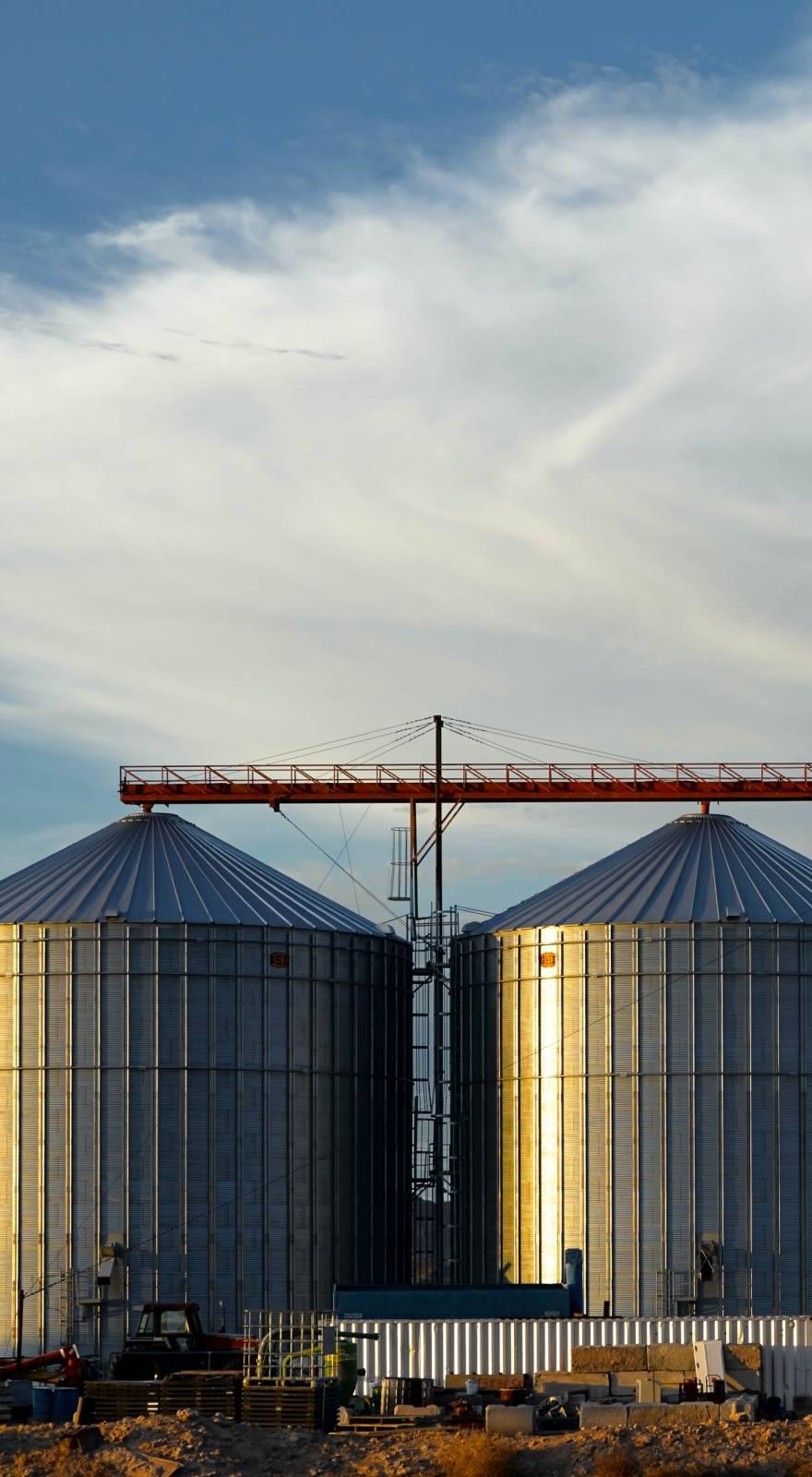Knowde Enhanced TDS
Identification & Functionality
- Carrier
- CASE Ingredients Functions
- Technologies
Features & Benefits
- Labeling Claims
- CASE Ingredients Features
- Advantages
For aqueous epoxy lacquers, the resin, as well as the hardener component can be pigmented resp. filled. As Merginamid A 155/2 very good wetting properties against pigments and fillers it is advisable to pigment resp. blend the hardener component. If necessary the hardener can be prediluted with water to reach the required viscosity. By using different formulations gloss and hardness of films can be influenced according to individual requirements.
In combination with aqueous dispersions of solid epoxy resins Merginamid A 155/2 offers the following advantages:
- Outstanding pigment wetting
- very long potlife (up to eight hours)
- High dilutability with water
- Very good flow properties
- Fast drying-/hardening
- Tackfree lacquer films comparable to solvent containing systems
- Excellent adhesion on most surfaces (even on wet ones) and even better than solvent-based systems
- Good protection against corrosion and good chemical resistance
Applications & Uses
- Applications
- Compatible Polymers & Resins
- Compatible Substrates & Surfaces
- Coating Type
- Application
By using Merginamid A 155/2 stable emulsions in water can be prepared, both with unmodified and modified liquid epoxy resins and with aqueous dispersions of solid epoxy resins. These emulsions are an excellent basis for unobjectionable clear varnishes and pigmented lacquers, with high grade all-round properties. The formulated lacquer systems are able to harden at temperatures above 10 °C and at normal air humidity giving tackfree films. Their mechanical and chemical characteristics are comparable with lacquer films based on conventional solvent containing adduct hardeners. Epoxy resin emulsions based on Merginamid A 155/2 can be diluted with water down to solid contents of about ten percent (e. g. for impregnations) and are therefore very economical. Merginamid A 155/2 is also especially recommended as hardener for flexible coatings.
- Aqueous Epoxy Resins Applications
Aqueous epoxy resins, cured at room temperature, can be applied as ecologically beneficial coatings in surface protection. The excellent properties of formulated epoxy systems based on Merginamid A 155/2 become especially effective when impregnated or coated on mineral surfaces. Even on wet surfaces the hardened films come up with excellent adhesion and good mechanical and chemical resistance. In this manner plaster, concrete, masonry, cement, fiber boards, chip boards etc. can be sealed resp. protected with minor consumption of coating material. Examples for applications of the above described water-based systems are coatings on walls, ceilings and floors of garages, exhibition halls, hospitals, canteens, dairies, breweries, public baths, laboratories, tunnels, nuclear power stations (decontaminatable coatings) and industrial production units. The application of Merginamid A 155/2 in water-based primers results in an excellent adhesion promotion for topcoats based on acrylates and polyurethanes. By means of appropriate dispersions of solid epoxy resins the formulation of water-based epoxy coatings with satisfactory anti-corrosion properties on metallic surfaces is nowadays possible. An additional but decisive influence for good corrosion protection can be obtained with pigments and fillers with a plated structure like talcum. Instead of the formerly used chromate pigments today special types of zincphosphates and red iron oxide in combination with corrosion protection inhibitors are implemented advantageously with nearly the same result regarding corrosion protection. The dry-film thickness of the corrosion protection coating should be at least 50 m. Corrosion protection systems based on dispersions of solid epoxy resins find preferential use on metallic surfaces in industrial areas. They can be formulated as primers and top coats. When using active corrosion protection pigments these water-based coatings attain the same good properties as solvent-based epoxy coatings. Basic formulations using Merginamid A 155/2 in combination with liquid epoxy resins and also with dispersions of solid epoxy resins have been developed in our company for application purposes in the field of buildings and corrosion protection.
Properties
- Typical Properties
- Typical Parameters
Use level [g/100g] 110 (1) 23 (2) Gel time 250g at 23°C Ca. 2.5 h (1) Min. 6 h (2) Biobased carbon content (3) [%] 34 (1) Liquid epoxy resins, epoxy equivalent weight approx. 190 g/Eq
(2) Dispersion of a solid epoxy resin (56 %), epoxy equivalent weight approx. 890 g/Eq
(3) Measure of the amount of biomass-derived carbon in a product compared to its total carbon content
| Value | Units | Test Method / Conditions | |
| Amine Value | 155 - 175 | mg KOH/g | - |
| Color | Max. 12 | Gardner | - |
| Density (20°C) | 1.0 | g/cm3 | - |
| Flash Point | Min. 112 | °C | - |
| H-Active-Equivalent | Ca. 210 | g/Eg | - |
| Solids Content | 49 - 51 | % | - |
| Solvent | Water | - | - |
| Viscosity (25°C) | 13 000 - 23 000 | mPa.s | - |

